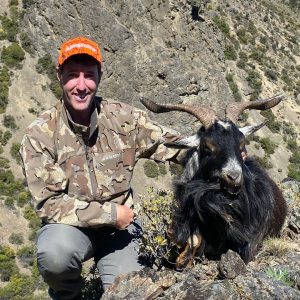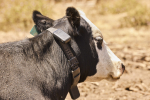These movements have been rapidly transferred to Australian dairy farmers’ delivered feed grain prices, increasing pressure on production margins. While these developments have the potential to accelerate the rebalancing of the global dairy supply chain and boost commodity prices, the timing and extent to which this occurs remains unclear.
While El Niño conditions threaten to develop in the Southern Hemisphere, the US Midwest is experiencing its worst drought in half a century.
Although some areas have seen relief from late August, the damage has largely been done and late rainfall may in fact be counterproductive –increasing the costs associated with drying the grain to an acceptable moisture level. With harvesting now underway the USDA expects the corn crop to be the lowest since 2006-07 – with the large area planted only partly offsetting the lowest per-hectare yields since 1995-96. The soybean harvest is yet to commence but the USDA’s latest monthly forecast tips a harvest of around 73 million tonnes –down 12% on last year.
Drought is also affecting the Black Sea region in Eastern Europe, where late rains are equally unlikely to improve yields as harvesting gets underway. The potential disruption to global markets of a repeat Russian export ban remains top of mind for many buyers, despite the Russian government repeatedly ruling out such action.
Well developed, interconnected and highly liquid grains markets with a diverse range of heavily traded derivatives such as futures – and not to mention extensive participation by third-party speculators – have rapidly translated these events to the other side of the world as higher feed grain prices for Australian dairy farmers.
International grain markets also benefit from a great deal of liquidity, allowing them to rapidly price-in production changes and market information as it comes to hand.
The dairy production system is more complex and its markets are slower to respond. With the exception of a few derivative products, participation remains limited to those physically trading product – and as such, market movements are generally more closely related to the fundamentals (supply and demand) rather than sentiment and news. When combined with the long lead times associated with herd expansion, they tend to play out over a longer time frame.
While signs of a dairy commodity price recovery are emerging as US milk output slows, the timing is largely dependent on New Zealand milk production, which is expected to increase 4-5% this season. Until a sustained recovery takes hold, the combination of fast-moving grains markets and slower-responding dairy markets will continue to squeeze the margins of grain-feeding dairy farmers across the world. This is evidenced by the recent slowing of milk output growth in the US, EU and South America as producers feel the pinch.
Australia is no exception. Increased feed costs have come as processors in exporting regions are paying opening prices 8-10% lower than last year, and many farmers in drinking milk regions face lower contract prices. In order to provide a secure base price from which to ‘step up’, export processors are forced to pay only what they can reasonably expect to sustain for the whole season, with a risk margin deducted.
The speed of the grain market and the sluggishness of dairy markets have combined to maximum negative effect at present.
But in all of this lies something of a silver lining: the rapid rise of grain prices is likely to hasten the re-balancing of global dairy demand and supply, with producers who are most exposed to grain under greatest pressure.
• John Droppert is industry analyst with Dairy Australia.
















